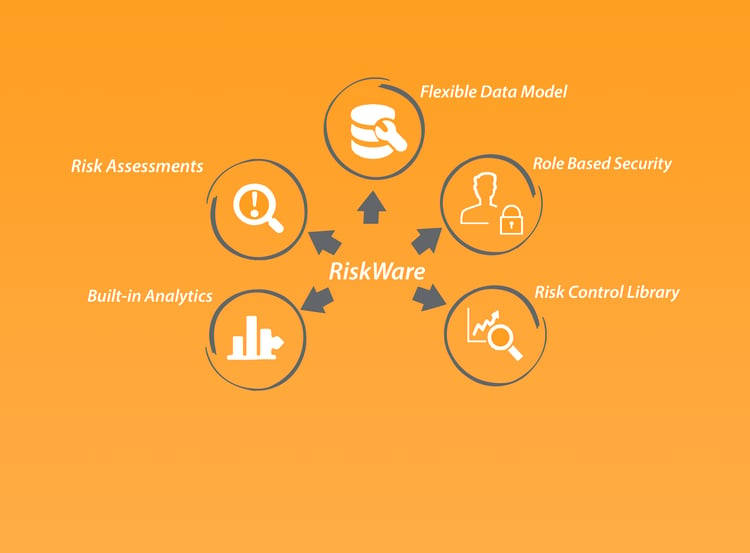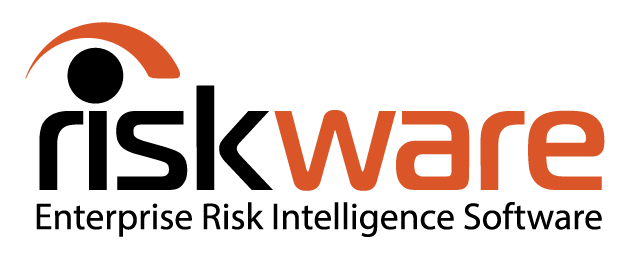On a global scale, risks are changing rapidly with technology and development. Issues that organisations face today haven't been ones that have been experienced in the past - think AI, blockchain, cybersecurity, not too much that pandemic COVID-19. Keeping in mind the exponential rate of change, managing risks systematically and proactively to overcome challenges that arise has become imperative to building trust and resilience across your organisation.
In every organisation, there are many stakeholders that need to be involved in the risk management process. Some key roles in governance, risk and compliance, in particular, need to have a consolidated view of risks in one place and collaborate on mapping out all processes, controls, incidents and policies.
The strategy designed and followed for managing an organisation's overall governance, enterprise risk management and compliance with regulations is referred to as Governance, Risk and Compliance (GRC). Essentially GRC is a structured approach for ensuring that organisational activities, like managing IT operations, are aligned with business objectives, while effectively managing risk and meeting compliance requirements.
Key Roles in GRC
There are a few roles within an organisation that are integral to the development and management of a GRC program.
- Risk managers - To create and enforce policies and procedures for identifying and mitigating risks, establishing controls and working to minimise any negative effects.
- Compliance officers - To champion a compliance framework that safeguards organisational integrity by understanding and outlining any legal or regulatory obligations that must be met and developing processes that ensure the organisation is covered.
- Auditors - To maintain documents that detail the scope, resources and schedule for audits and provide ongoing reassurance to stakeholders across every level of the business.

Source: RiskWare
The current landscape of GRC
The 2020 Risk Management Survey by the Governance Institute of Australia highlighted that its 393 respondents scored what they consider to be the top risk in the five years years as regulatory or legislative changes. Disruption/failure to innovate, damage to brand or reputation and cyber-crime were also top risks organisations are facing. Brand/reputation damage was the most commonly cited risk in the next three years, ahead of regulatory/legislative change and cyber crime.
Staff conduct, legislative and regulatory changes were the risk issues that were reportedly best managed, whereas the risk associated with talent, the threat of disruption/failure to innovate, the risk about the environment and economic shock are the issues being managed most poorly.
Ultimately, a strong positive from the survey was the value being put on governance and risk professionals. Greater emphasis is being put on risk management and the strategy and tools required to manage risk effectively.
Benefits of a GRC program
In addition to solving for complex organisational structures and communication breakdown across an organisation, having a GRC program has numerous benefits.
The following are 3 simple but significant benefits to implementing a GRC program:
- Improved operational efficiency: Creating a GRC framework often leads to automating common processes due to the continuous monitoring of controls, KRIs and exposures to risk. This results in more efficient ways of running operations and helps reduce duplicating efforts across your organisation.
- Higher quality information: By following an integrated approach to governance, risk and compliance, your management team will have a holistic view of the organisation as a whole and therefore, be in a better position to make more intelligent and productive decisions.
- Reduced costs: By defining business rules, reviewing and consolidating controls and visualising your GRC roadmap, your organisation will experience lower costs due to implementing effective GRC activities.
Increasing communication and enabling collaboration across your organisation can be achieved with a GRC approach that in turn helps establish trust inside and outside of your organisation. Software like RiskWare's Risk Management Module and Corporate Governance Module can be incredibly useful in streamlining and optimising your efforts.
Ready to Learn how RiskWare can help?Let's organise a time to speak to one of our Risk Specialists and you can learn why millions of users around Australia trust RiskWare to manage their organisations Risks.
|
To learn more about how RiskWare is making the world a little less risky, visit us at RiskWare.com.au.












Leave a comment